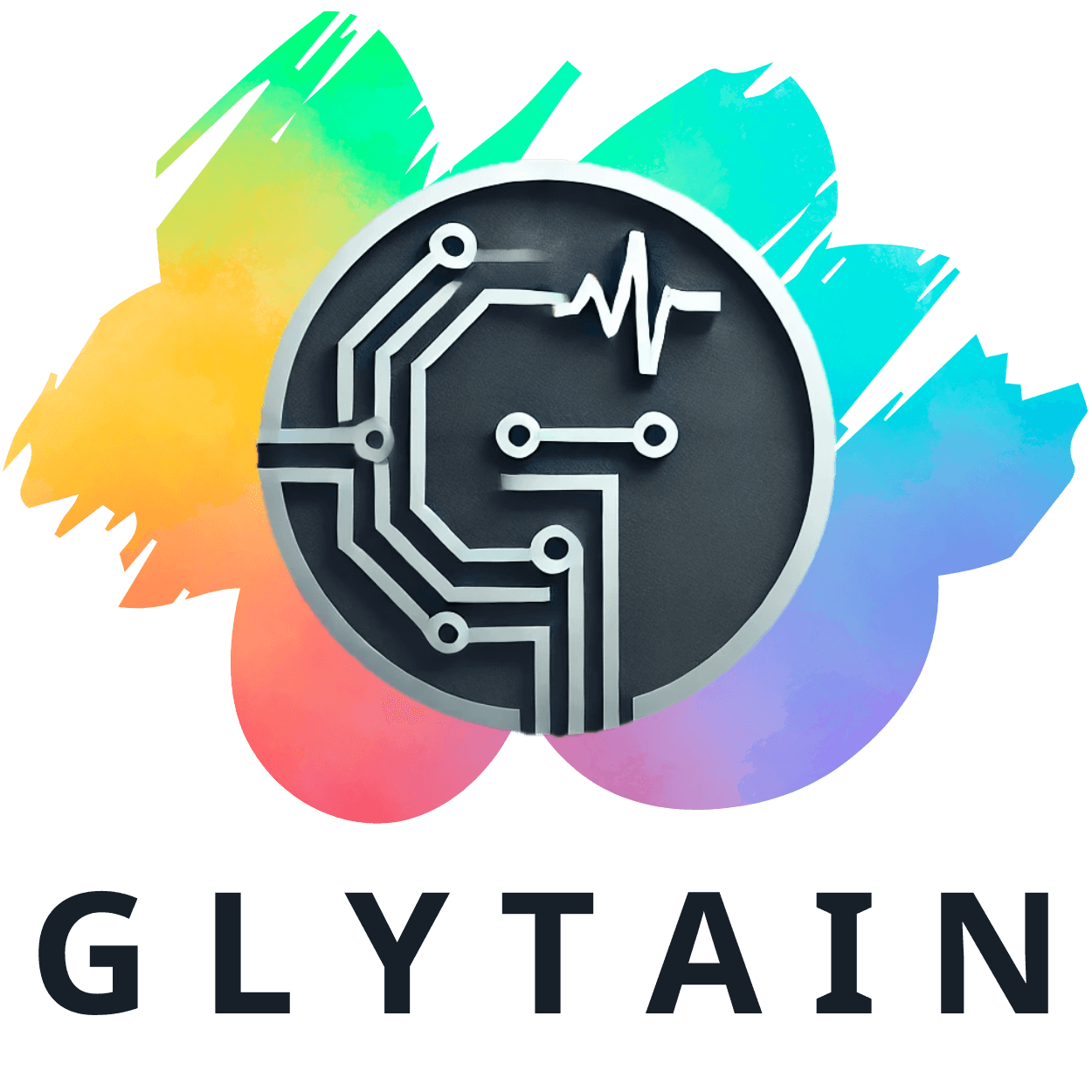
The Dawn of Personalized Gene Editing
In what could be a landmark moment for the field of biotechnology, a baby boy named Kyle "KJ" Muldoon Jr. has become a pioneer in personalized gene editing. Doctors successfully created a custom gene-editing therapy in under seven months specifically targeting a rare metabolic disorder caused by a faulty gene. This groundbreaking effort not only demonstrates the advanced capabilities of modern gene-editing techniques but also highlights the growing potential to tailor medical treatments to individual patients. The implications of this achievement are vast, suggesting a shift towards more individualized approaches in treating genetic conditions.
Challenges in Gene-Editing Technology
However, the enthusiasm surrounding this breakthrough must be tempered by the reality of widespread limitations in gene-editing technologies. Despite the capacity to potentially treat thousands of genetic disorders, the vast majority are so rare that pharmaceutical companies struggle to justify the associated research costs. As experts contend, effective solutions to these financial challenges must be found to prevent the promise of gene editing from becoming lost in a maze of economic feasibility.
Montana's Response: The Right to Try Experiment
On another front of experimental medicine, the state of Montana has enacted a new law aimed at expanding access to unproven medical treatments. This legislation is part of a larger trend of adopting Right to Try initiatives across the nation, allowing patients to access potentially lifesaving therapies despite their unverified nature. While this initiative can offer patients hope and accelerated treatment options, it also raises questions about safety and the validity of clinical trials. The potential for Montana to emerge as a hub for experimental treatments signals a controversial pivot towards alternatives that may bypass traditional efficacy standards.
What Does This Mean for the Future of Medicine?
The intersecting developments in personalized gene editing and Right to Try legislation suggest a radical transformation in how patients may access treatments in the coming years. As innovation continues to lead the charge in healthcare, it is imperative for stakeholders—including policymakers, medical professionals, and patients—to approach these advancements with caution, ensuring that ethical standards are upheld while pursuing life-saving technologies. The road ahead could redefine medical protocols and patients' roles in their treatment trajectories.
 Add Row
Add Row  Add
Add 




 Add Row
Add Row  Add
Add 

Write A Comment